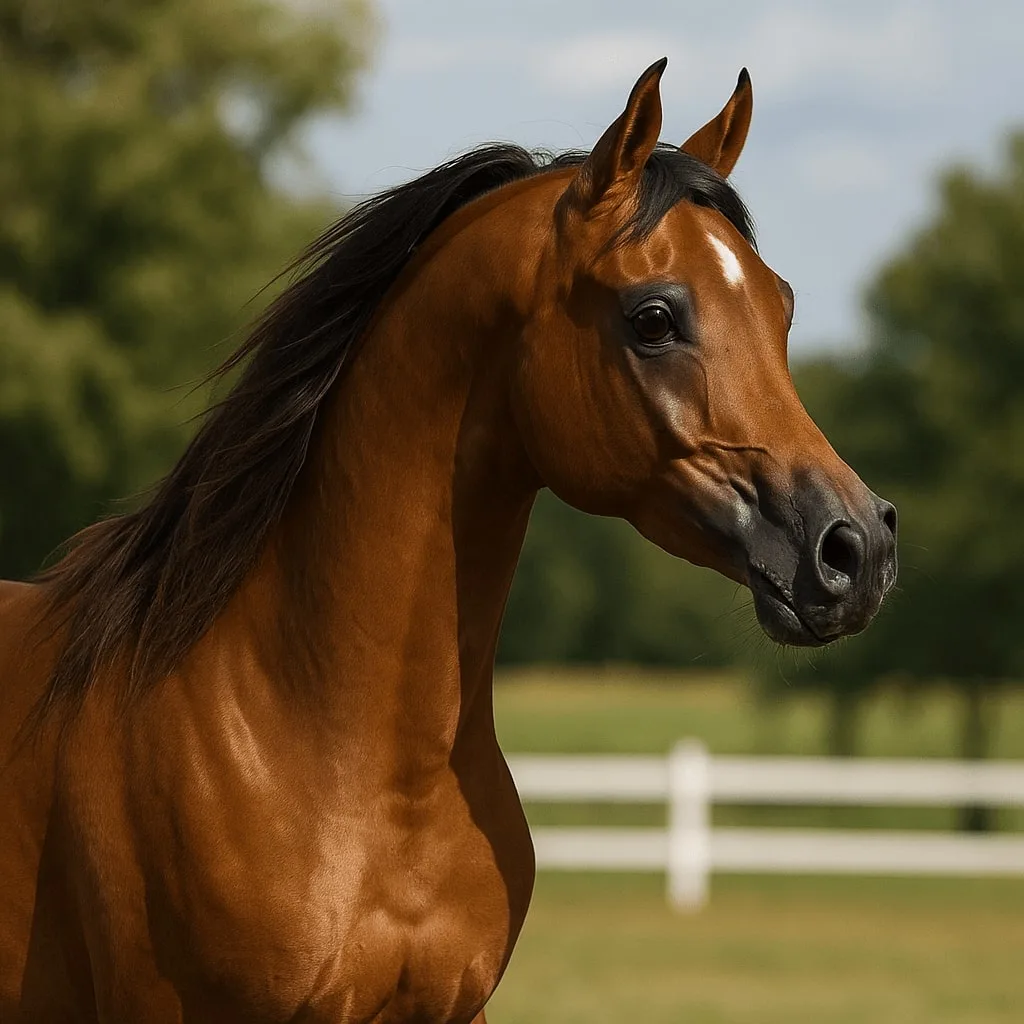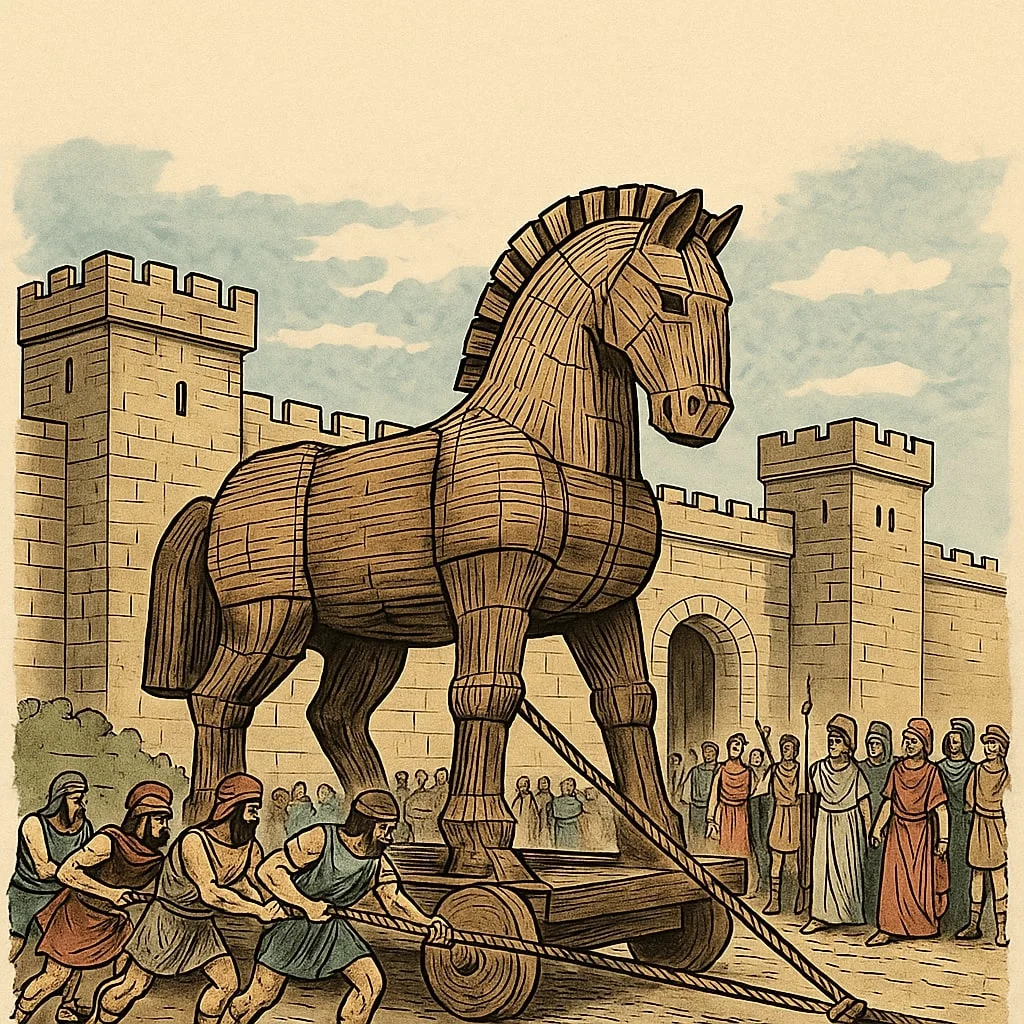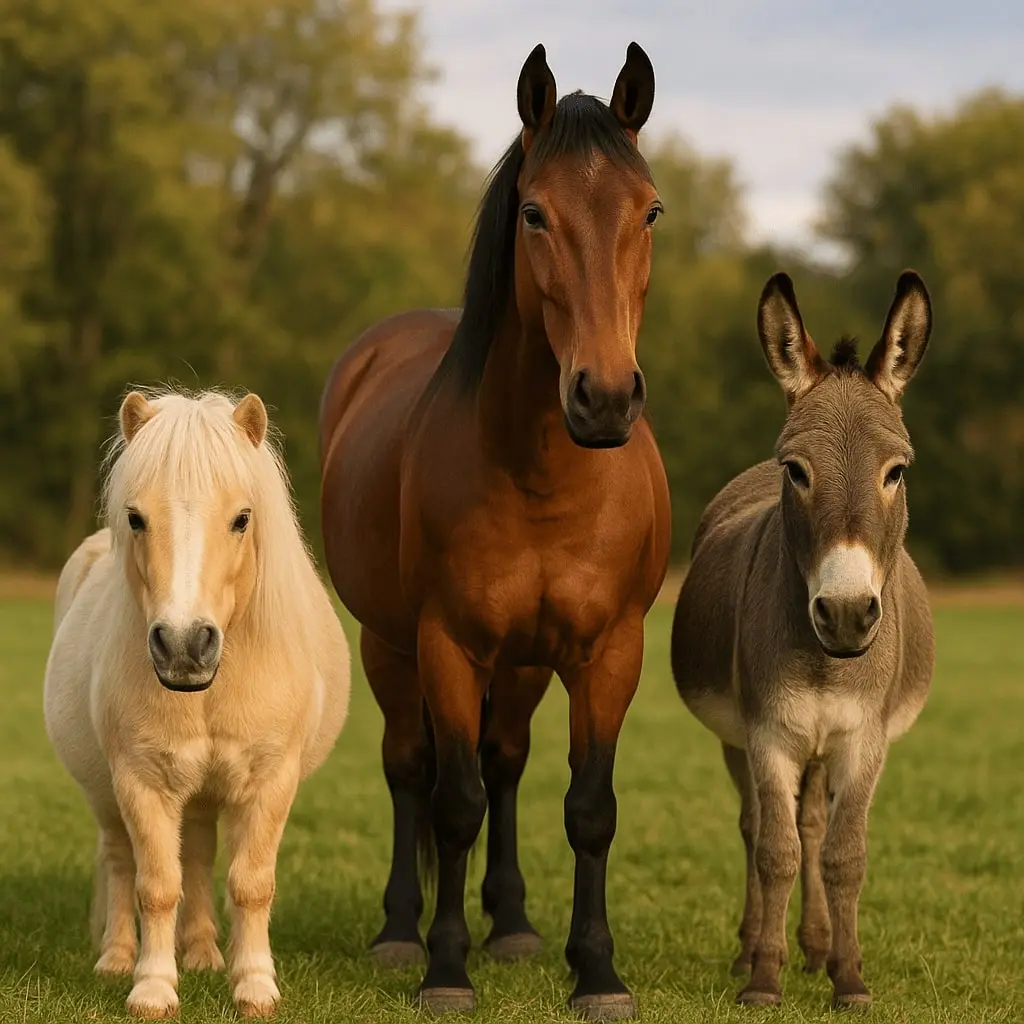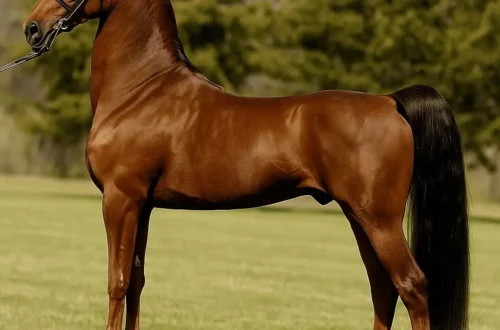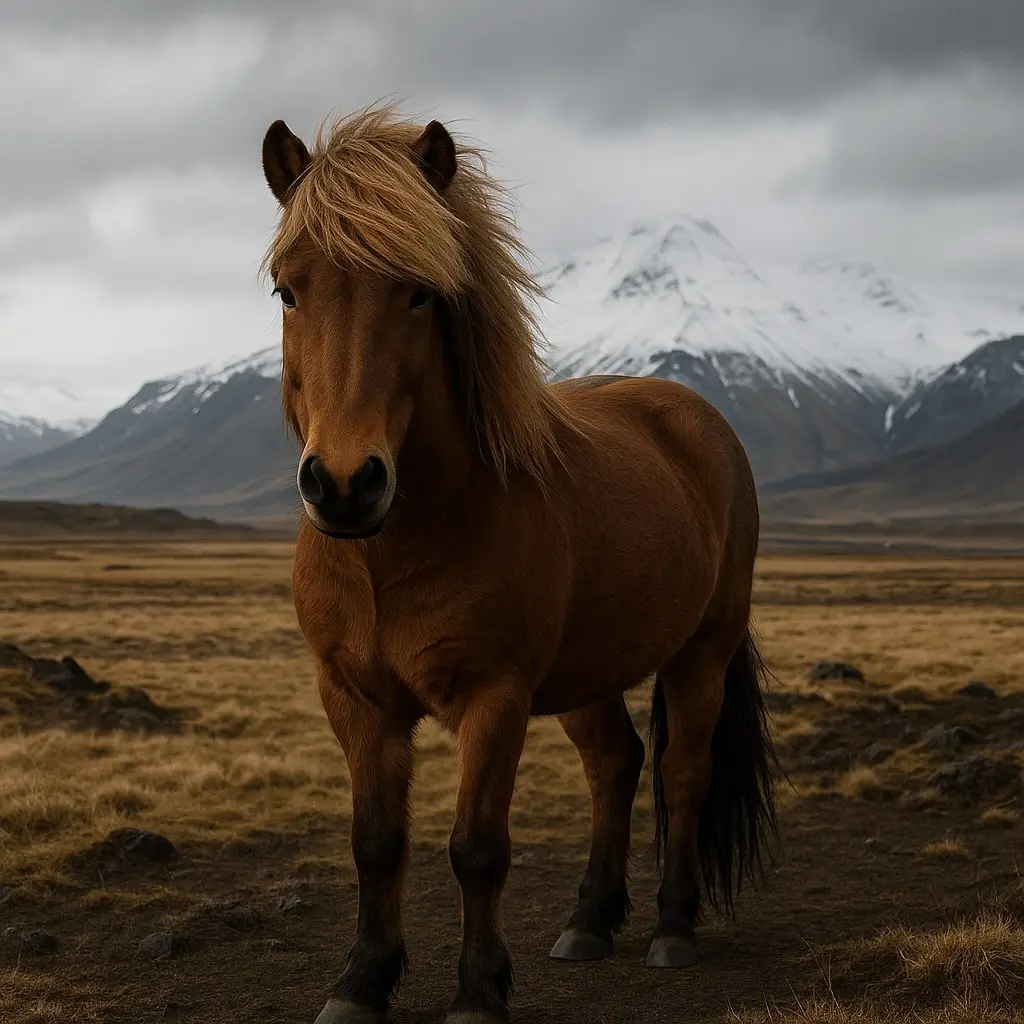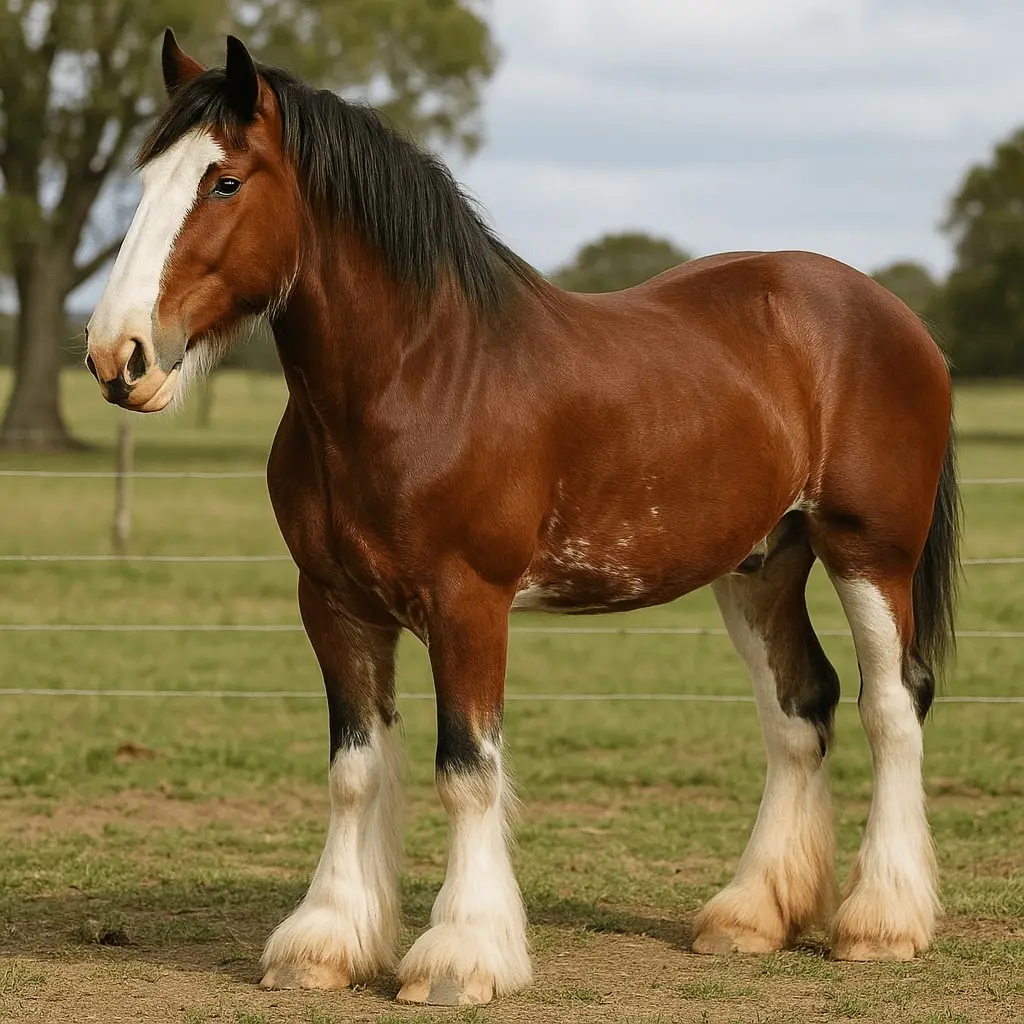Arabian horses are special and ancient. They have been around for thousands of years, and people love their beauty and spirit. In this blog, you will learn fun facts about Arabian horses for kids. We tell these facts in simple, clear sentences that horse lovers and young readers will enjoy. Let’s explore why Arabian horses are so cool and famous!
History and Origins of Arabian Horses
- Ancient Breed: Arabian horses are one of the world’s oldest horse breeds. They have been ridden for about 3,000–5,000 years.
- Desert Warriors: They were first raised by Bedouin people in the Arabian deserts. Bedouins used them in war and travel. Some tribes even let their beloved horses sleep inside their tents for safety.
- Preferred Mares: The Bedouin warriors often chose mares (female horses) as their mounts for battle because they were calm and strong. These pure Arabian lines were called Asil, meaning “purebred.”
- Al Khamsa Legend: Legend says the Prophet Muhammad once released all his horses after a long desert ride. He called them back, and only five mares returned faithfully. These five became known as Al Khamsa (Arabic for “the five”) and are famous as the founders of the pure Arabian strains.
- Horse Heroes: Many famous leaders rode Arabians. For example, Alexander the Great and U.S. President George Washington both owned Arabian horses. Genghis Khan and Ulysses S. Grant were also said to favor them.
- Foundation Breed: Arabian blood helped create many other horse breeds. Three famous Arabian stallions (one of which was the Godolphin Arabian) are the foundation sires of the modern Thoroughbred racehorse. Other breeds like Morgan, Quarter Horses, and even Percherons have Arabian ancestors.
- Breeding Centers: The Najd region of Saudi Arabia is still famous for breeding excellent Arabian horses. In the 1800s and 1900s, Arabian horses were imported to Europe and America and influenced breeding programs worldwide.
Physical Traits and Abilities
Arabian horses have a distinctive, fine appearance. They are usually medium-sized (about 14–15 hands tall) and weigh around 800–1000 pounds. They have small, elegant heads with a dished (concave) face profile and large, dark eyes. Many have a small bump on the forehead called a jibbah, thought to help them breathe in the desert air.
- High Tail and Arched Neck: Arabians often hold their long tails high and have a graceful, arched neck. This proud carriage is one of their signature looks.
- Strong, Compact Body: These horses have strong, compact bodies. They have a short back and sturdy legs with hard hooves, which give them great balance and strength.
- Best Endurance Horse Breeds: Arabian horses are the top endurance horses in the world! They win most long-distance races because they have strong lungs, light bodies, and lots of energy. But they’re not the only ones!
- Fewer Bones: Arabians usually have only 23 vertebrae in their back (most horses have 24) and one fewer pair of ribs. Their slightly shorter spine makes their back strong.
- Colors: Purebred Arabians come in a few main colors: bay, gray, chestnut, and black. Many look very light gray or almost white as they age.
- Black Skin: Under their coat, the skin of most Arabian horses is black (except where they have white markings). This dark pigment protected them from the harsh desert sun.
- Endurance and Speed: Arabians are famous for endurance. Because they are lighter and have good lung capacity, they cool down faster and can run long distances without getting tired. They win many endurance races. On a fast gallop, they can reach speeds up to about 40 miles per hour.
- Musical Whinny: Their neighs and whinnies sound clear and musical. People say Arabian horses have a very melodious whinny.
- Lifespan: With good care, Arabian horses live a long time – on average 25 to 30 years.
Famous Arabian Horses and Legends
Arabian horses have inspired many famous stories, films, and legends. Here are some well-known Arabians:
- Al Khamsa (“The Five”): As mentioned, these are the Prophet’s five favorite mares. They are legendary in Arabian bloodlines.
- Drinker of the Wind: In one Bedouin legend, an angel shaped the first Arabian horse from a whirlwind. Because of this story, Bedouins call the Arabian “Drinker of the Wind,” as if it was born from the storm.
- Godolphin Arabian: Foaled around 1724 in Yemen, he was imported to England and is one of the three stallions that created all modern Thoroughbred racehorses. A novel King of the Wind made his story famous.
- Marengo: Napoleon Bonaparte’s famous war horse was a grey Arabian named Marengo. His skeleton is now in London’s Army Museum.
- El Moros: In the 1920s, movie star Rudolph Valentino owned this beautiful Arabian stallion. Valentino’s love for El Moros helped make Arabian horses very popular in America.
- Cass Ole: A grey Arabian who starred in the 1979 movie The Black Stallion. He was the movie’s hero and showed millions of viewers how graceful Arabians can be.
- Comanche: This was a famous cavalry horse in the American West, partly Arabian by blood. He is known as the lone survivor of the Battle of Little Bighorn in 1876 and is preserved in a museum.
- Champions: Modern champions include Bask, a Polish-born stallion who won many U.S. championships and sired over 1,000 foals, and Raffles, a 20th-century American stallion famous for passing on refined looks and gentle temperament.
- Famous Riders: Historic figures like Alexander the Great, Genghis Khan, and even U.S. presidents (George Washington, Ulysses S. Grant) are reported to have ridden Arabian horses.
Fun Facts About Arabian Horses
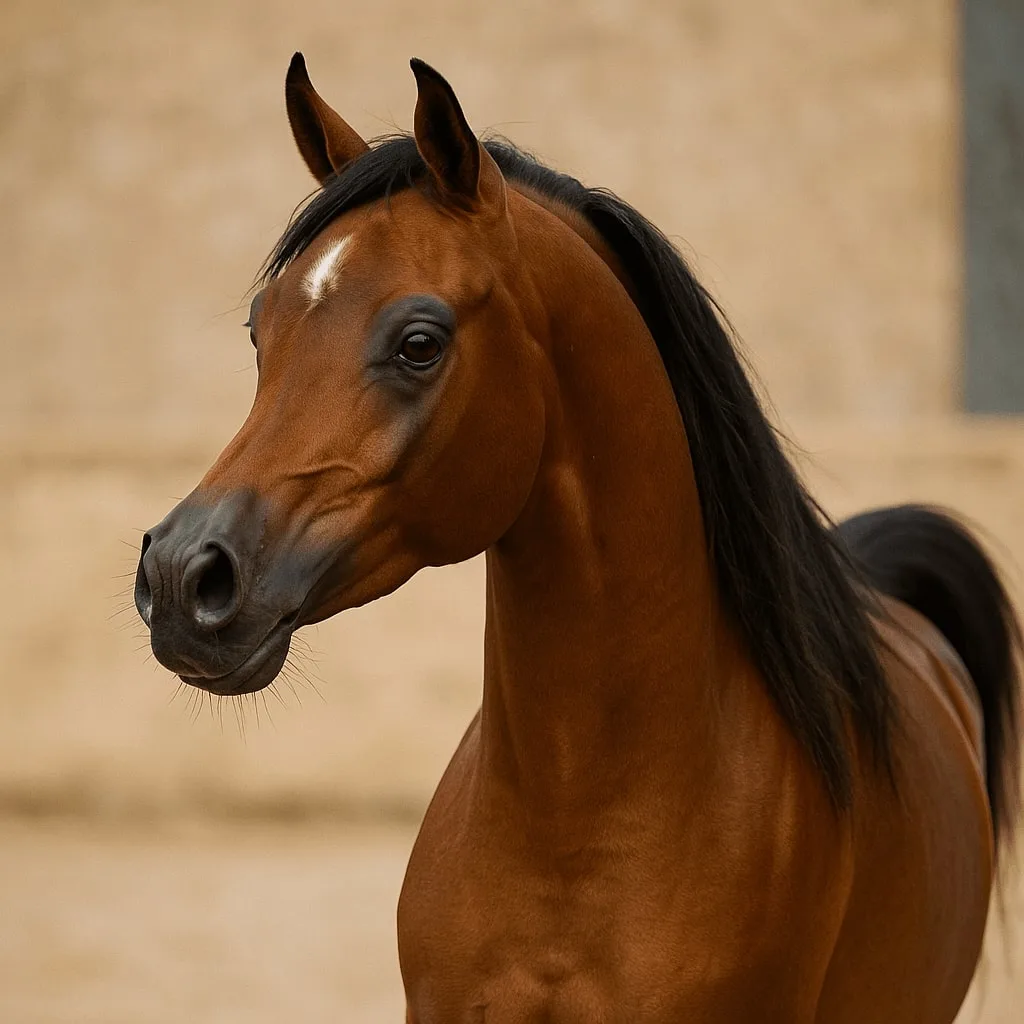
Arabian horses have lots of fun and surprising traits that even kids will love to know!
- “People Horses”: Arabians are often called “people horses.” They love people and form strong bonds. Many will choose being with people over other horses.
- Great Temper: Because Bedouins raised them close to families and children, Arabians today are usually very friendly, gentle, and smart. They are hot-blooded (spirited) but usually kind, making good family horses.
- Child-Friendly: Remarkably, in the U.S. Arabian stallions are one of the few breeds that teenagers (under 18) are allowed to show in competitions. This shows how dependable Arabians can be.
- Stomach of Steel: They were bred to survive on little food or water in the desert, so Arabians can stay healthy on simpler diets.
- Great Vision: Their large eyes and wide nostrils help them see and breathe well in the desert. They can spot predators from far away.
- Fast Recovery: Arabians “cool off” faster after running. Their thin build and efficient muscles let them run long without overheating.
- Fancy Names: Many Arabian horses have regal or magical names (like Rascal, Magic, Aladdin) because breeders honor their noble history.
- Distinct Whinny: If you listen closely, you’ll notice their whinny is almost song-like. People call it unique and musical.
- Zebra Champion (Legend): In a famous legend, a pure Arabian stallion named Zad-el-Rakib raced and outran a zebra and a gazelle! This story shows how they were thought to be speedier than even the fastest wild animals.
- Gift from Allah: Another myth says God tied victory and speed to the Arabian’s forelock and gave it “flight without wings.” This is why Bedouins called them a glory of the earth. (It’s a poetic legend of how special they are.)
- Sobering Fact: The Arabian Horse Association has registered over one million Arabian and Half-Arabian horses in the U.S. since 1908. That shows how beloved they are today!
These fun facts about Arabian horses show why this breed is so famous and loved. From their role in history to their gentle personalities, Arabians truly are amazing.
15 Fun Facts About Arabian Horses for Kids
- Arabian horses come from the desert.
Arabian horses started in the hot deserts of the Arabian Peninsula in Western Asia. People there raised them for riding and travel thousands of years ago.
- They are also called Arab horses.
You might hear someone say “Arab horse.” That’s just a shorter name for an Arabian horse. It means the same thing!
- They have a special look.
Arabian horses are easy to spot. They have small heads, curved faces, and they hold their tails high. They look proud and fancy when they move!
- Arabian horses have many coat colors.
Their coats can be bay (reddish-brown), black, chestnut (red-brown), gray, or even roan (a mix of colors).
- Most Arabians are bay-colored.
Out of all the colors, the bay coat is the most common. Bay horses are reddish-brown with black legs, manes, and tails.
- Their skin is always black.
Even if their hair is white or gray, Arabian horses have black skin under their coats. This helps protect them from the sun in hot places.
- They were the first horses tamed by people.
Arabians are believed to be the first horses that humans ever tamed and trained to ride. That’s why they are so special in history.
- They were tamed a very long time ago.
Arabian horses were domesticated (made tame) about 3,000 to 5,000 years ago. That’s older than most horse breeds!
- They are not too tall.
Arabian horses usually stand about 57 to 61 inches tall at the shoulder. That’s about 14 to 15 hands in horse height.
- They weigh about as much as a big bear.
Arabian horses weigh between 800 and 1,000 pounds. That’s about the same as a giant panda or a motorcycle!
- They live a long time.
Arabian horses can live between 20 and 30 years. Some even live longer with good care!
- They helped create other horse breeds.
Arabians are part of the family tree for many other breeds like Thoroughbreds and Quarter Horses. Their strength and speed were passed on.
- They can be very expensive.
Buying an Arabian horse can cost between $5,000 and $20,000. The price depends on the horse’s family, training, and looks.
- One Arabian was worth $20 million!
A famous Arabian stallion named Marwan Al Shaqab is known around the world. Someone once offered $20 million to buy him—and the owner said no!
- George Washington rode an Arabian mix.
The first U.S. President, George Washington, rode a horse named Blueskin during the Revolutionary War. Blueskin was part Arabian!
Wrapping Up
Arabian horses are famous for many reasons such as their long history, beautiful looks, and friendly nature. We hope you enjoyed these fun facts about Arabian horses. They are written simply for horse lovers and younger readers to understand easily. Now you know a whole bunch of fun facts about Arabian horses for kids. From their desert legends and speedy feats to their famous movie roles. Arabian horses are indeed special creatures, and learning about them is exciting and fun!

